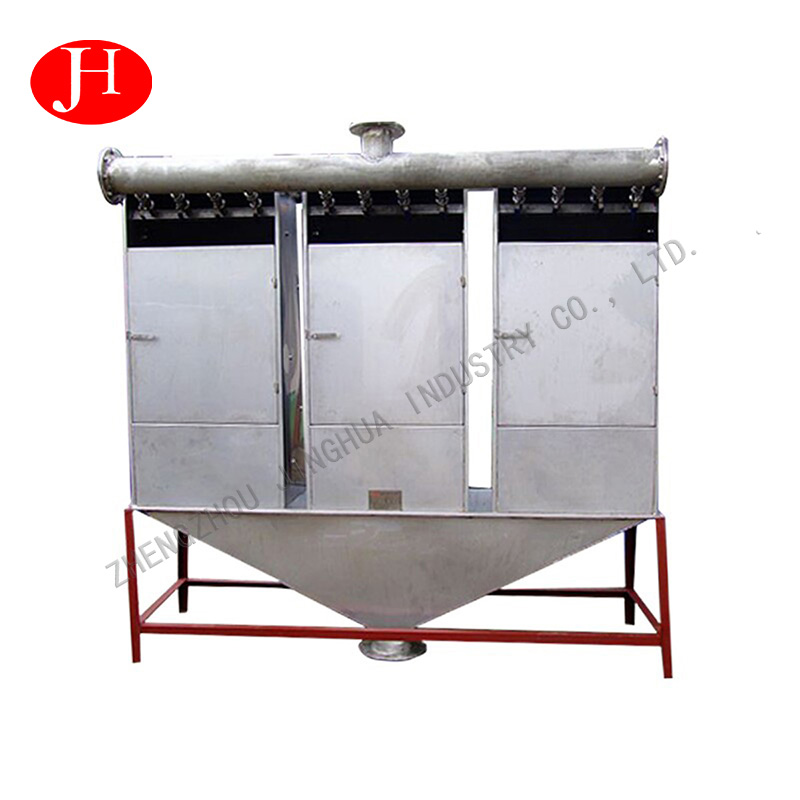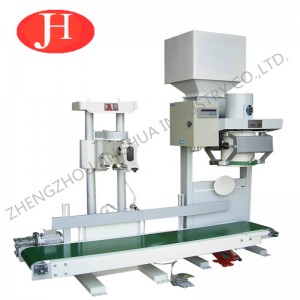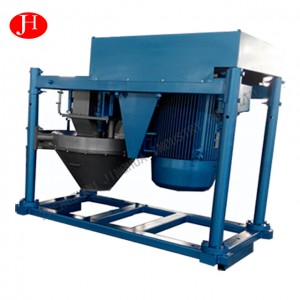
Products
Pressure Arc Sieve for Corn Starch Processing
Main technical parameters
|
Model |
Sieve radian |
Width of sieve seam(micron) |
Capacity(m3/h) |
Feed pressure(Mpa) |
Sieve width(mm) |
|
QS-585 |
120 |
50,75,100,120 |
34-46 |
0.2-0.4 |
585 |
|
QS-585×2 |
120 |
50,75,100,120 |
70-100 |
0.2-0.4 |
585×2 |
|
QS-585×3 |
120 |
50,75,100,120 |
110-140 |
0.2-0.4 |
585×2 |
|
QS-710 |
120 |
50,75,100,120 |
60-80 |
0.2-0.4 |
710 |
|
QS-710×2 |
120 |
50,75,100,120 |
120-150 |
0.2-0.4 |
710×2 |
|
QS-710×3 |
120 |
50,75,100,120 |
180-220 |
0.2-0.4 |
710×2 |
Features
- 1High starch yield, improve starch quality.
- 2Separation and classification of wet materials by pressure.
- 3The pressure curved screen is a static high-efficiency screening equipment.
Show Details
The pressure arc sieve is a static screening equipment.
It uses pressure to separate and classify wet materials The slurry enters the concave screen surface from the tangential direction of the screen surface at a certain speed (15-25M/S) from the nozzle. The high feeding speed causes the material to be subjected to centrifugal force, gravity and the resistance of the screen bar on the screen surface. the role of When the material flows from one sieve bar to another, the sharp edge of the sieve bar will cut the material.
At this time, the starch and a large amount of water in the material will pass through the sieve gap and become the undersieve, while the fiber The fine slag flows out from the end of the sieve surface and becomes the oversize.

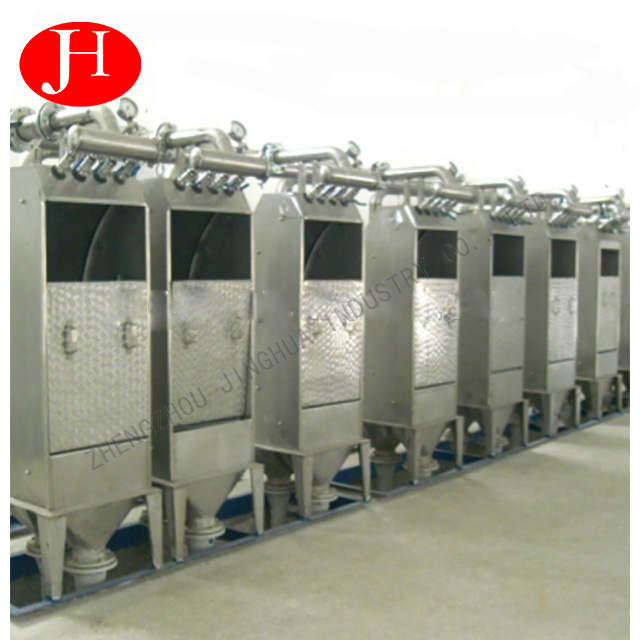
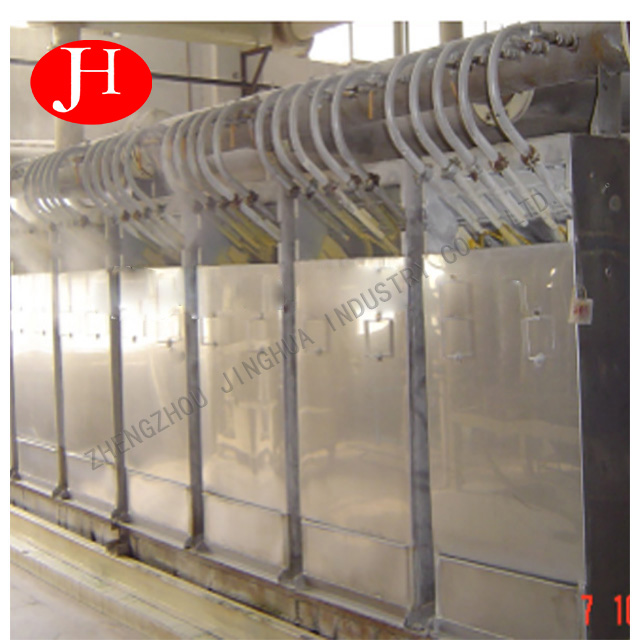
Scope of Application
The pressure curved screen is mainly used in the starch processing process , adopt the multi-stage counter-current washing method to screening, dehydration and extraction, solid and impurity removal from the starch.


